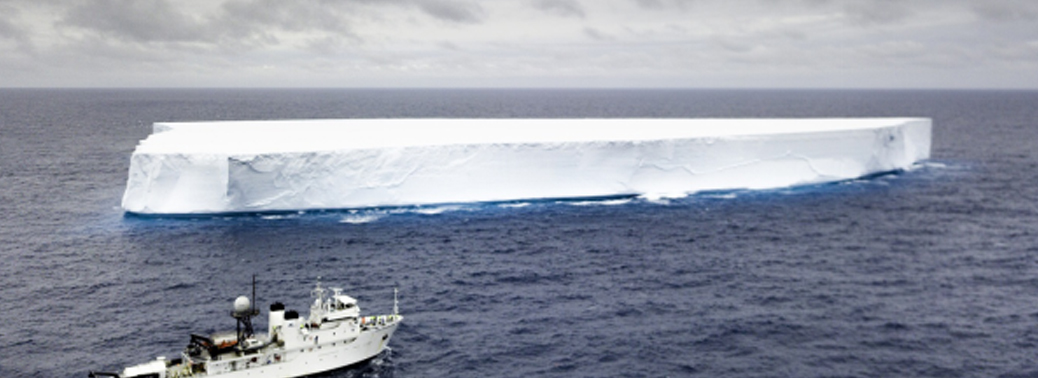INDIAN SCIENTIFIC EXPEDITION TO THE SOUTHERN OCEAN 2020
19, Feb 2020

Prelims level : Global Climate Related
Mains level : GS-I Important Geophysical phenomena such as earthquakes, Tsunami, Volcanic activity, cyclone etc., Geographical Features and their location - changes in Critical Geographical Features (including waterbodies and ice-caps) and in Flora and Fauna and the effects of such Changes.
Why in News?
- On January, the South African oceanographic research vessel SA Agulhas set off from Port Louise in Mauritius, on a two-month Indian Scientific Expedition to the Southern Ocean 2020.
- On 14thFeb the vessel was at Prydz Bay, in the coastal waters of “Bharati”, India’s third station in Antarctica.
Highlights:
- On board the vessel are 34 scientific staff from India, apart from technical hands, seamen and a chef who are all from South Africa.
- This is the 11thexpedition of an Indian mission to the Southern Ocean, or Antarctic Ocean. The first mission took place between January and March 2004.
Objectives:
- The 18-institution team, led by Dr.Anoop Mahajan from the Indian Institute of Tropical Meteorology, Pune, are collecting air and water samples from around 60 stations along the cruise track.
- These will give valuable information on the state of the ocean and atmosphere in this remote environment and will help to understand its impacts on the climate
- A key objective of the mission is to quantify changes that are occurring and the impact of these changes on large-scale weather phenomenon, like the Indian monsoon, through tele-connection,
- Study mainly aims to understand the influence of the Southern Ocean across eco-system and atmospheric changes and how it affects the tropical climate and weather conditions.
Main Objectives:
- Carbon dioxide is getting emitted into the atmosphere, and through atmospheric circulation goes to the Antarctic and Polar Regions.
- Since the temperature is very low there, these gases are getting absorbed and converted into dissolved inorganic carbon or organic carbon, and through water masses and circulation it is coming back to tropical regions. Since it is warmer in these areas, it re-enters the atmosphere
- It is this cycle that the mission will help understand better. “How much carbon dioxide is going to those regions, and how much is coming back. That is the main objective.”
Six Core Projects:
- Study hydrodynamics and biogeochemistry of the Indian Ocean sector of the Southern Ocean; involves sampling sea water at different depths. This will help understand the formation of Antarctic bottom water.
- Observations of trace gases in the atmosphere, such as halogens and dimethyl sulphur from the ocean to the atmosphere. Will help improve parameterisations that are used in global models.
- Study of organisms called coccolithophores that have existed in the oceans for several million years; their concentrations in sediments will create a picture of past climate.
- Investigate atmospheric aerosols and their optical and radiative properties. Continuous measurements will quantify impact on Earth’s climate.
- Study the Southern Ocean’s impact on Indian monsoons. Look for signs in sediment core taken from the bottom of the ocean.
- Dynamics of the food web in the Southern Ocean; important for safeguarding catch and planning sustainable fishing.






